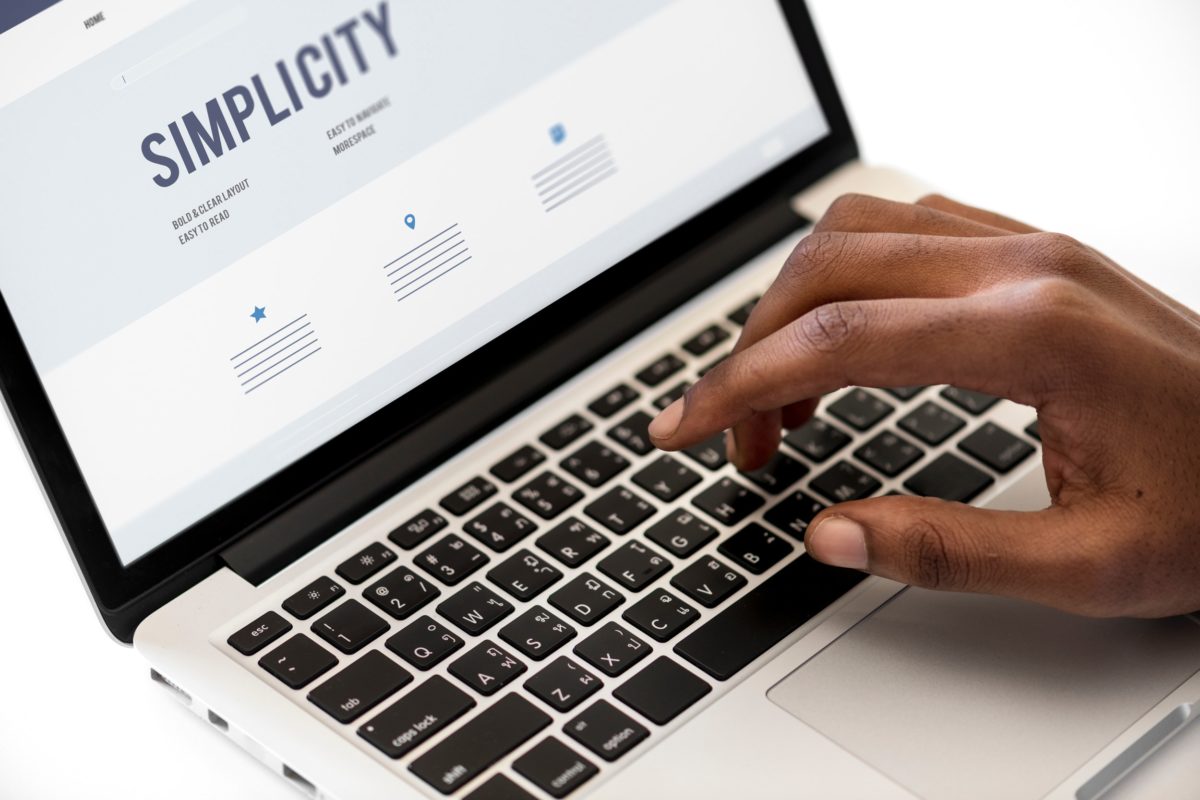Information Technology changes the way we live and organise. It changes how we do business and how people communicate with each other. It changes the way companies are connected. This all is nothing new. What may be less obvious however, is the idea that technology offers leaders of modern organisations new tools to become a better leader. Avoiding technology and associated change is not an option anymore. Successful leaders are those who understand how much information technology can help them in the leadership process. Artificial intelligence, cloud solutions and connected devices are the building blocks of a lot of today’s companies, and leaders have to anticipate.
So, this rapid change has some important implications for leaders. The most important one is the recognition that digital leadership is not in the first place a case of scaling up projects and implementation of new applications, but a matter of transforming people and the way they work. For example, leaders must consider the possibilities of making the working life of a employee more flexible. This can be realised by the proper use of digital communication and focus on the right workspace design.
A leader in an organisation that makes uses of information technology, should also conduct proper research to keep informed about the new relevant technologies. He is, in addition, responsible for the education of his team on the trends in technology and de most suitable use of it. The most important part of his responsibilities on the digital level is perhaps the monitoring of the risks of IT in the workplace.
Modern leaders need to deal with risks as cognitive overload, increased distraction and negative impact of technology on well-being. They need to centralise the people in the first case, instead of the technology. For example, technology enables us to engage in relationships across great distances, but can cause a physical disconnection, which has negative influences on our social relationships. An other risk is a loss of productivity and satisfaction due to interruptions (notifications, etc.).
In short, a major role is reserved for leaders in making proper use of emerging information technology and in the identification of associated risks.
Sources:
- https://peopledevelopmentmagazine.com/2017/09/10/technology-leadership/
- https://digileaders.com/6-characteristics-digital-leadership/
- https://www.computerweekly.com/news/1518633/5-information-technology-leadership-traits-critical-for-the-CIO
- https://www2.deloitte.com/insights/us/en/focus/behavioral-economics/negative-impact-technology-business.html#endnote-17


